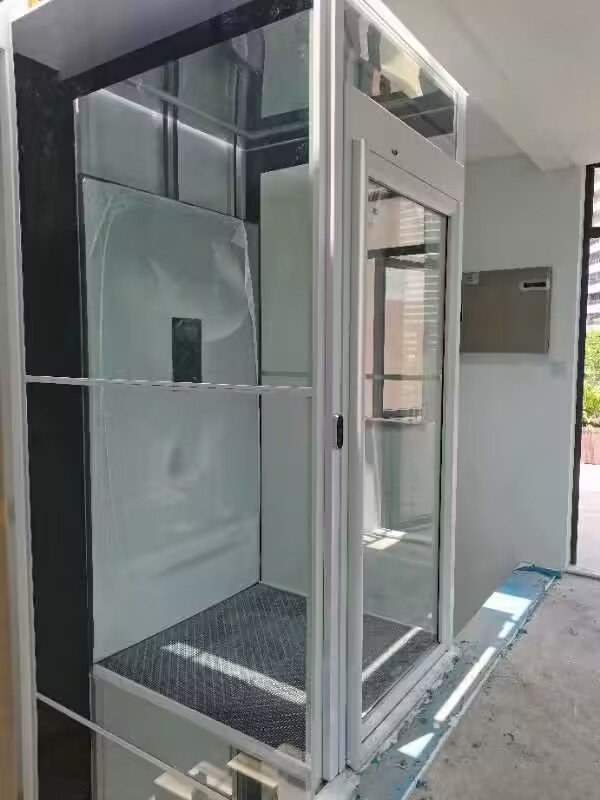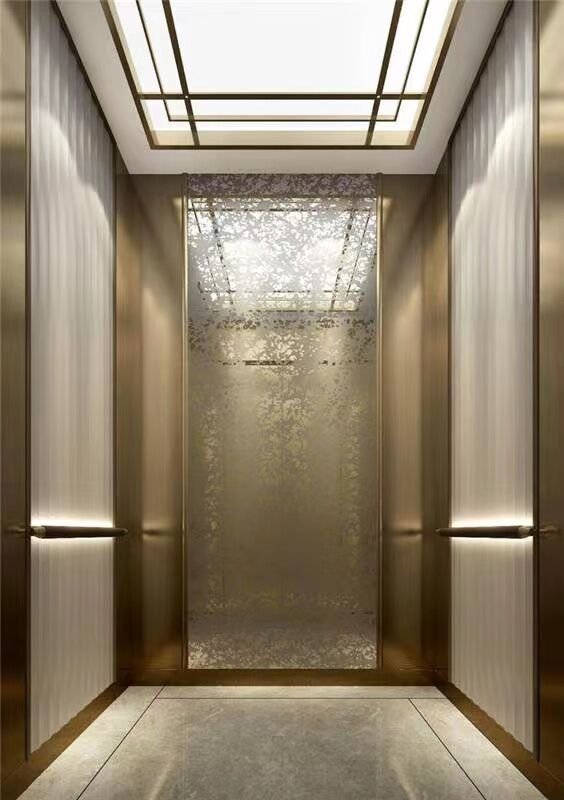Home lift elevators, as a pivotal solution for vertical mobility in modern residences, are globally redefining convenience and inclusivity in living spaces. With aging populations and rising demands for premium living, this technology is transitioning from a luxury to a necessity, driving the globalization of barrier-free living concepts.
Technological Innovation and Core Advantages
The competitiveness of home lift elevators lies in diverse drive systems and spatial adaptability:
Hydraulic Drives: Dominating retrofits with high load capacity (up to 600kg) and low maintenance (quarterly servicing), hydraulic models held over 60% of the global market in 2023. Thyssenkrupp’s MicroHyd series (Germany) operates below 48dB with submerged pumps.
Pneumatic Vacuum Technology: Shaftless vacuum elevators use air pressure, requiring only 0.8㎡ footprint and cutting installation time by 50%, ideal for micro-homes and heritage sites.
Smart Controls: IoT sensors and AI algorithms enable real-time monitoring and remote control via apps. CIBES’ screw-driven models (Sweden) support voice commands with 98% fault prediction accuracy.

Global Market Dynamics
Regional demands vary sharply:
North American Aging Needs: The U.S. (21% over 65 by 2030) sees 14% annual growth, with seismic-compliant models priced at ~$45,000.
European Heritage Compliance: EU guidelines drove 25% order growth, exemplified by French châteaux integrating disguised shafts.
Asia-Pacific Urban Density: China’s retrofit policies spurred 23% order growth (2023), while Tokyo’s micro-homes adopt foldable designs.

Green Transition and Smart Integration
Carbon neutrality drives advancements:
Material Revolution: Carbon fiber rails cut weight by 50% and emissions by 40%; bio-lubricants degrade in 6 months.
Energy Regeneration: Kinetic-to-electric systems generate 2,200kWh annually, covering 70% energy needs.
Smart Ecosystems: Solar integration prioritizes daytime renewable energy, boosting efficiency by 35%.

Challenges and Future Trends
Key hurdles include:
Cost Perceptions: Average installation costs (20k−50k) deter some homeowners, though entry models in India cost ₹1.8 lakh.
Regulatory Fragmentation: ASME A17.1 (wind resistance) vs. EN 81-41 (accessibility) require 15% R&D adaptation budgets.
Maintenance Complexity: Sahara Desert models need weekly sand filter cleaning, raising upkeep costs by 25%.
Future innovations focus on:
Magnetic Levitation: Thyssen tests 15m/s vacuum tube systems with 50% energy reduction.
Modular Customization: Italy’s ElevArch offers “plug-and-play” kits for aesthetic flexibility.
As technology merges with living aesthetics, home lift elevators evolve from utilities into icons of refined living, embodying humanity’s pursuit of vertical freedom.





